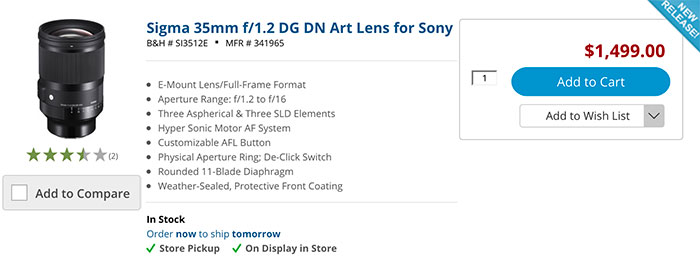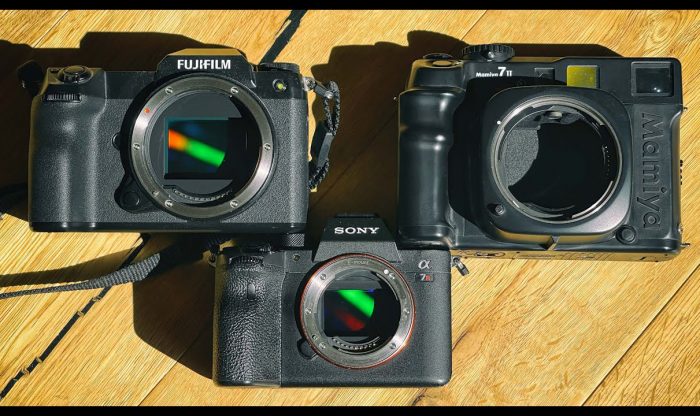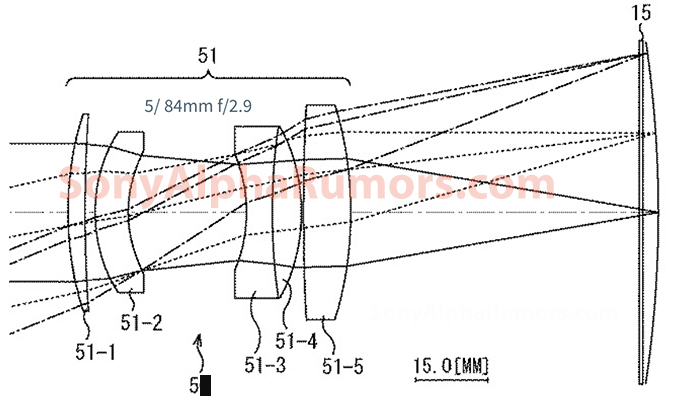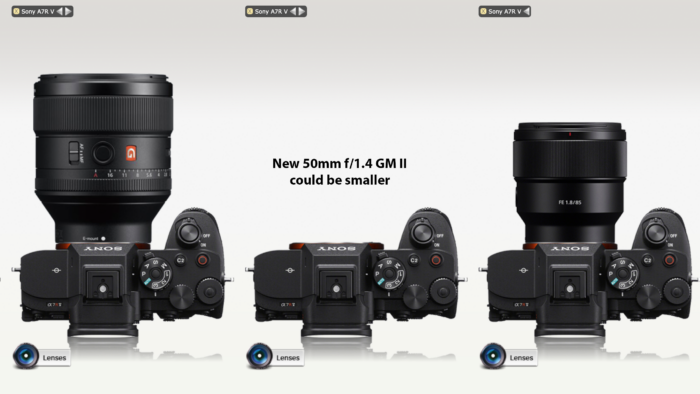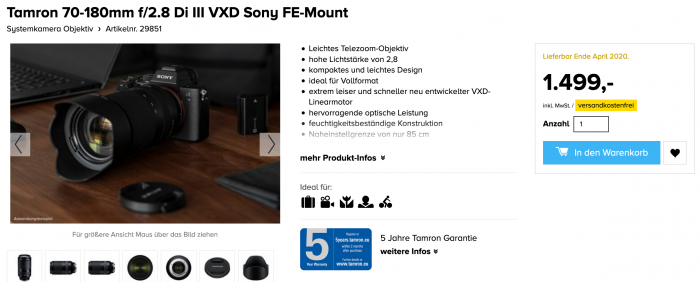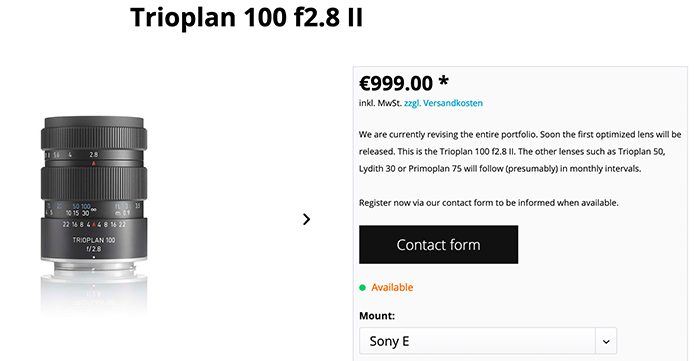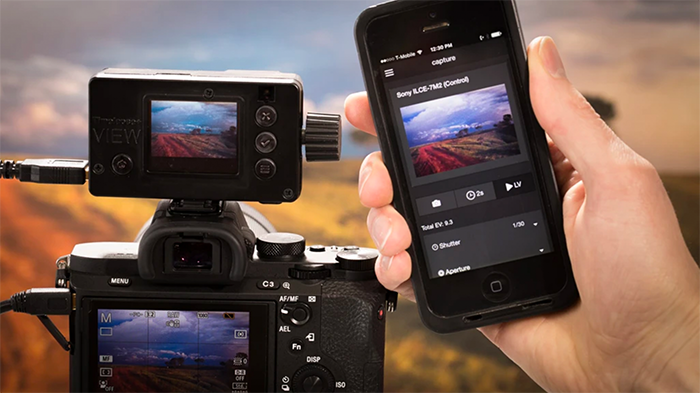
Press text:
Timelapse+ VIEW 1.8 update adds more camera support and includes a brand new USB Camera driver
Minneapolis, MN — Friday March 13th 2020– Timelapse+ today announced two exciting news: Timelapse+ VIEW v.1.8 and Timelapse+ CORE.
VIEW 1.8 is a firmware update to their popular intervalometer and Timelapse+ CORE is their new USB Camera driver.
The last couple of years has seen a major trend toward mirrorless from pretty much all camera manufacturers. From the perspective of time-lapse, this has been good news since you now have the option of electronic shutter (time-lapse no longer needs to wear out the camera) and many of the new cameras can be powered over USB as well, extending the battery life (and making up for the tiny batteries in most mirrorless).
New Camera Driver: Timelapse+ CORE
Over the last year and a half, we built a 100% new camera driver from the ground up, we’re calling Timelapse+ CORE. It’s designed to work optimally for time-lapse, giving us more flexibility and making it much easier to quickly support new cameras. It’s more reliable, faster (allowing shorter intervals) and is also much easier on the development side to maintain and keep up with new cameras.
While the new driver was written first for use in VIEW, Timelapse+ is packaging it and licensing it as a separate product. The CORE driver is a perfect solution in other applications where high-performance USB camera control across a broad range of cameras is needed. It’s free for personal use and paid for commercial use. Contact Timelapse+ if you’re interested in learning more.
Timelapse+ VIEW New Camera Support
● Canon EOS and EOS R
● Nikon DSLR and Nikon Z
● Fuji X and Fuji GFX
● Olympus
● Panasonic.
Sony Updates
Sony cameras have been supported since the beginning of the VIEW, but it’s better than ever now with the CORE driver. 1st and 2nd generation Sony cameras don’t allow saving to the camera’s SD card while connected via USB. This requires that the images be copied to the VIEW’s SD card, which takes a little time. With the CORE driver, however, it now takes less than half the time it did before, so the 1st and 2nd generation Sony cameras can support much shorter intervals and become a great option.
Timelapse+ VIEW Additional Improvements
Besides the new camera driver, there are hundreds of minor improvements and bugfixes. Here are a few of the more noteworthy:
● Live adjustments: change time-lapse parameters across a series of frames while it’s running● Long-term time-lapse: Weekly schedule can be configured with daily start/stop times.
● The auto ramping starting exposure is now decoupled from the post-transition exposure. Now if there are lots of blown highlights due to a backlit scene at sunset, the night exposure won’t also be blown out. Instead, the post-transition exposure is based on an absolute luminance preset and can be adjusted in Ramping Options. This handles a wide variety of scenes much better with fewer “surprises”.
● Support for the eMotimo ST4 using a USB data adaptor cable, but we’re also working on a simple solution that will allow full control over just the AUX2 TRS interface, so the USB can stay open for the camera without a hub.
Experimental
● We’ve started work on supporting the DJI Ronin S and SC gimbals. The goal is getting it to provide keyframe motion control through the VIEW’s app. We have control and setup working but the resulting motion is not smooth — there’s likely more work to be done figuring out the commands for motor stiffness, etc. It’s a tedious process trying to decode a stream of numbers and finding patterns so we can’t say when this might be complete yet. If interested in being a beta tester, email: mail@Timelapseplus.com
Website:
https://www.Timelapseplus.com
Pricing, updates, and availability for the Timelapse+ VIEW Intervalometer
Retail Price: $399. Pricing may vary by country for non-USD purchases, and additional fees may apply, including tax and shipping costs.

